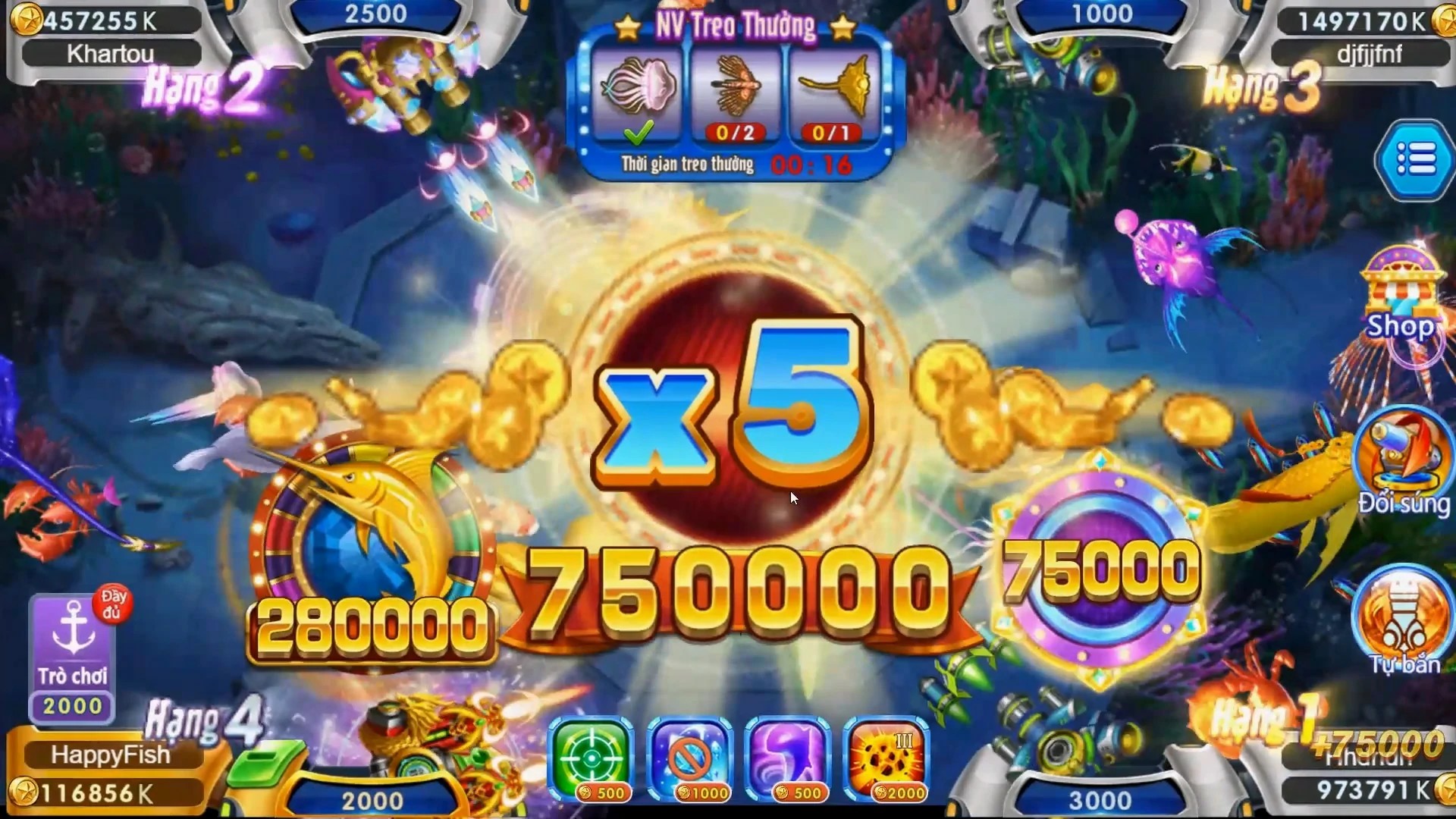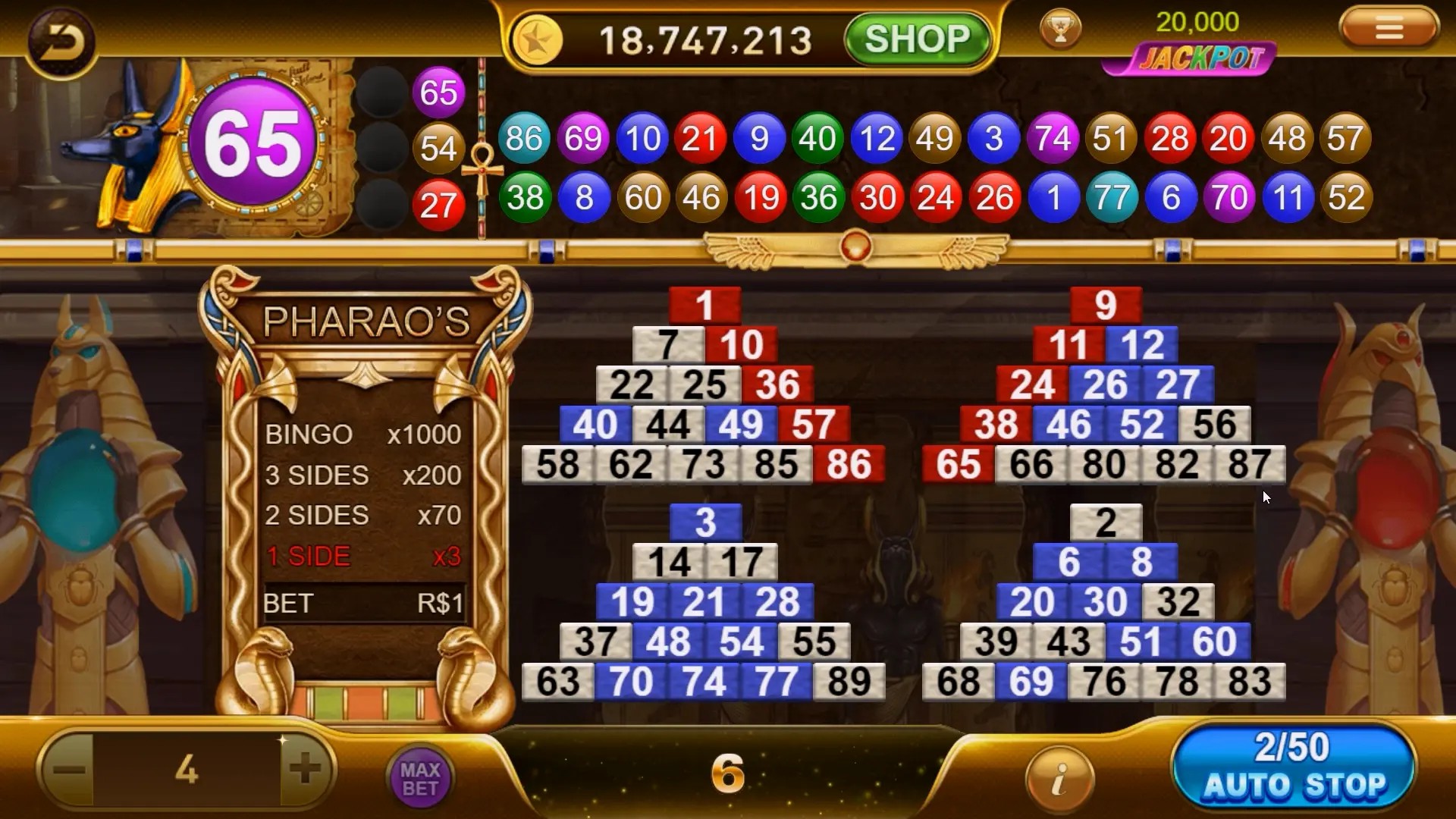The Indie Revolution in Open World Games
Forget the blockbusters for a second. There’s a quiet uprising happening in gaming—one where lone wolves with laptops are outmaneuvering million-dollar studios. **Open world games**, once the sacred domain of giants like Rockstar and Ubisoft, are now being redefined by **indie games**. These underdogs are injecting raw creativity into expansive worlds, often doing more with fewer assets. But what makes them *truly* different?
While AAA studios build massive cities pixel-by-actual pixel, indies are crafting ecosystems with soul. It's not just about scope—it’s about intimacy. The open world becomes a canvas, not for spectacle, but for expression. And in that freedom, developers are exploring ideas too weird, too personal, or too risky for corporate execs.
Design Without the Budget: The Indie Edge
Budget constraints should be a killer. But oddly, they become fuel. Without motion capture or Hollywood actors, indies focus on emergent mechanics and environmental storytelling. You won’t find scripted explosions every three minutes, but you *will* discover a squirrel stealing your last snack because the hunger system matters.
This lean design philosophy means every mechanic is weighted. Every NPC line. Every tree. No room for bloat. Where AAA floods you with content, indies let silence speak. A rustling in the woods isn’t a raiding party—it might just be the wind, or a rabbit. That *uncertainty* feels more real than any hyper-realistic texture.
The Spirit of Experimentation
Have you played a game where the world is built on folklore stitched together from handmade paper? Or one where gravity reverses every dusk and dawn? These aren’t concepts buried in pitch decks at big studios—they’re reality in the indie sphere.
Indie developers treat **open world games** like interactive poetry. Mechanics twist into metaphors. A crumbling bridge isn't just a visual asset—it represents the character’s fractured mind. The world breathes, not just because AI routines dictate it, but because it needs to.
Fragile Worlds with Deeper Meaning
In *Outer Wilds*, time loops every 22 minutes. You're not grinding levels; you're piecing together a cosmic puzzle. In *Wandersong*, you sing the world together while ignoring traditional combat. These games reject the standard loop: go somewhere → fight something → claim a flag. Instead, exploration feels like *curiosity*, not duty.
This emotional weight turns landscapes into legacies. A desert isn't just sand and ruins. It’s a graveyard of civilizations whispering regrets. A mountain isn't a level-gate. It's a monument to loss. This layer of narrative embedding gives depth even when polygons stay low-poly.
Why Indie Open Worlds Feel More Alive
Paradoxically, limited scope amplifies presence. Fewer NPCs mean you learn their names. Less voice acting means handwritten letters carry more weight. When your map has only five biomes, each one gets treated like a sacred zone—not just biome A with different trees.
Compare this to a triple-A title with 17 regions. Can you name more than two villagers from any? Exactly. Scale can breed impersonality. Indies shrink the canvas but increase the emotional bandwidth per square meter. It’s the difference between scanning a continent and studying a garden.
Innovation vs. Tradition: Clashing Worlds
| Factor | AAA Open Worlds | Indie Open Worlds |
|---|---|---|
| Development Scale | Hundreds of devs | 1–15 members |
| Scope | Continents, massive cities | Hand-curated zones |
| Narrative Focus | Cinematic arcs | Lyrical, poetic, abstract |
| Pacing | Mission chains | Emerged through discovery |
| Innovation Margin | Minimal risk per title | All risk, all time |
The Human Behind the Code
Here’s the secret: indie developers often *are* the protagonists. They pour trauma, philosophy, or longing into code. The silent protagonist in Somerville isn't blank—he mirrors the creator's anxiety about alienation and parenthood.
These aren't focus-grouped avatars. The choices feel honest, even awkward. A character stumbles over a word? Might not be a bug—it’s humanity glitching through. And sometimes the most powerful moment isn’t a dragon fight, but a non-hostile alien offering a hand—because you didn’t rush the story.
A New Path for Game Designers
If you're wondering how someone makes these, think tools like **game maker studio rpg tutorial** pathways. These are not dead ends. They're ramps. Young creators learn scripting not to mimic *Elden Ring*, but to build something that *feels like their journal made interactive.*
Look at Eastshade—a game where you paint landscapes and solve emotional puzzles. No combat. No stats. Made by a solo dev. Built using modular, narrative-first design, it proves you don’t need shaders when your world speaks with compassion.
- Ditch the quest markers
- Rely on player intuition
- Let silence tell a story
- Design spaces that *suggest*, don't dictate
- Make failure part of progression
When Themes Trump Tech
You could have a million trees and zero soul. Or one decaying cabin surrounded by static wind chimes—and feel chills. Indie developers trade fidelity for *theme fidelity*. Their tech limits become creative boundaries.
Imagine a game where wildlife communicates in riddles. Where tracking animals isn't done via a HUD, but by solving cryptic patterns in how birds move. This is how an **animal kingdom crossword puzzle answers** idea might emerge—not as a gimmick, but as a core exploration mechanic.
Solving a deer’s path could feel like decoding poetry. You're not hunting an animal—you’re unraveling a forest’s language.
Key Innovations in Indie Open Worlds
Here are a few ways indies are reshaping expectations:
- Non-Combat Progression: Levels unlocked by empathy, music, or observation.
- Ephemeral Worlds: Environments that decay or evolve regardless of player presence.
- Lore Through Play: Stories discovered in notes, sounds, and creature behavior—never exposition.
- No Fast Travel: Encourages real navigation, making distance mean something.
- Limited Fast Inventory Systems: Makes you value each carried item emotionally.
These features make open spaces more thoughtful—less about efficiency, more about meaning.
Toward a More Personal Frontier
Traditional open worlds train you to dominate: conquer zones, fill maps, destroy threats. Indies flip this script. They ask: what if the goal isn’t to control the world, but to understand it? What if every footprint left behind is heavy?
Their worlds aren’t sandboxes—they’re living, fragile documents. One wrong decision can disrupt ecological balances, or unravel dialogue threads permanently. This consequence makes engagement deeper than unlocking skins ever could.
Players report feeling more guilt, awe, and melancholy finishing an indie open world versus the usual “what’s next?" emptiness post-AAAs.
Future Horizons and Global Reach
In Austria, where landscapes range from the Danube plains to the Tyrolean Alps, indie themes of natural harmony and existential quietude resonate especially well. Many indie open worlds evoke the same stillness found in Austrian countryside hiking trails—where every rustle feels intimate, every peak holds a story.
The demand for contemplative gaming is rising. With tools like **game maker studio rpg tutorial** kits becoming accessible in German and European language forums, we might see a rise in alpine-inspired open worlds: foggy valleys, folklore spirits, and soundscapes built from yodeling echoes and cowbells.
A shift is already happening. More indies are embracing localized narratives not tied to American tropes. The genre is becoming a mirror, not a spectacle.
Conclusion: The rise of indie **open world games** isn’t just a trend—it’s a recalibration of what we value in interactive spaces. While blockbusters dazzle with scale, indies seduce with soul. Their limitations birth innovation. Their silence holds narrative. And in a world overflowing with content, they offer something rare: authenticity. As tools democratize and creativity spreads, the future of exploration gaming lies not in bigger worlds—but deeper ones. The next revolution won’t have a marketing budget. It’ll be built in a Vienna apartment, coded late at night, with love instead of focus groups. And it’ll be magnificent.
Quick Key Takeaways:
- Indie open world games prioritize emotional depth over scale.
- Limited budgets lead to more creative, intentional design choices.
- Themes often replace traditional mechanics (e.g., music instead of combat).
- Narratives emerge through environmental cues, not cutscenes.
- The player’s experience is intimate, personal, and often meditative.
Note: Some terms like “animal kingdom crossword puzzle answers" or “game maker studio rpg tutorial" may seem odd in context, but in indie dev culture, they symbolize emergent learning and creative inspiration drawn from non-gaming sources. These concepts often morph into experimental mechanics.



